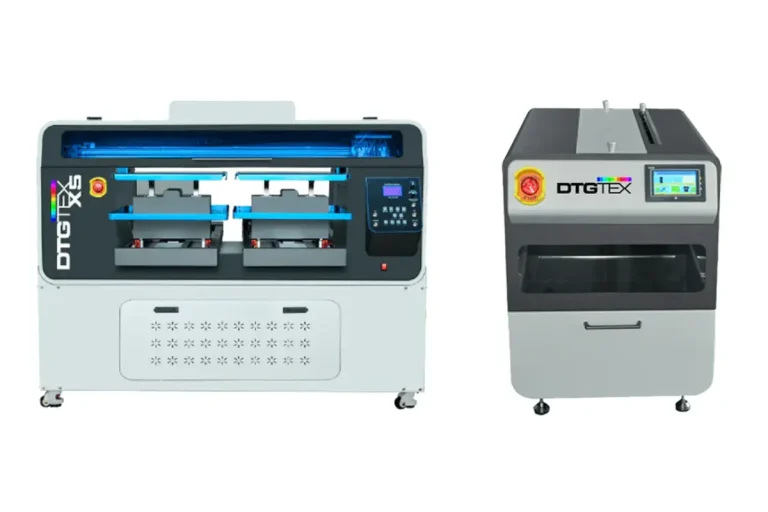Data-Driven Decision-Making in Modern Businesses
Unlike traditional decision-making methods, which often rely on intuition or past experiences, data-driven decision-making prioritizes the use of data to guide strategic choices. This approach involves collecting, analyzing, and interpreting data to inform decisions across all levels of an organization. As businesses generate and have access to more data than ever before, leveraging this data to make informed decisions has become essential for staying competitive and adapting to rapidly changing market conditions.
The shift toward data-driven decision-making is driven by the recognition that data can provide valuable insights that are not always apparent through intuition alone.
Let’s discuss this further below:
1. The Role of Application Integration
For data-driven decision-making to be effective, businesses must have access to accurate and comprehensive data from various sources. Modern organizations typically use a wide array of applications and systems to collect and manage data, including customer relationship management (CRM) systems, enterprise resource planning (ERP) software, financial management tools, and marketing platforms.
Unfortunately, these applications often operate in silos, meaning that the data they generate is not easily accessible or integrated with other data sources within the organization. This fragmentation can lead to inefficiencies, as decision-makers may struggle to obtain a complete and accurate view of the data they need to make informed choices.
Hence, to overcome these challenges, businesses can implement application integration best practices to ensure a seamless flow of data across all systems and applications. Application integration involves connecting disparate systems so that they can communicate and share data.
By following best practices in application integration, such as using standardized data formats, employing middleware solutions, and ensuring data quality, businesses can create a unified data ecosystem. This integration enables decision-makers to access and analyze data from multiple sources in a cohesive manner, providing a more comprehensive understanding of the business environment.
Additionally, involving experts in the integration process can help ensure that the systems are configured correctly and that data flows smoothly across the organization, supporting accurate and timely decision-making.
2. The Benefits of Data-Driven Decision-Making for Businesses
Adopting a data-driven approach to decision-making offers numerous benefits for businesses. One of the primary advantages is improved accuracy in decision-making. By relying on data rather than intuition or assumptions, businesses can make decisions based on factual information, reducing the likelihood of errors and biases.

This accuracy is particularly valuable in areas such as forecasting, where data-driven insights can help businesses predict market trends, customer behavior, and demand more reliably. As a result, businesses can develop more effective strategies that are aligned with actual market conditions, leading to better outcomes and increased competitiveness.
Another significant benefit of data-driven decision-making is the ability to optimize operations and enhance efficiency. By analyzing data on processes, resource utilization, and performance metrics, businesses can identify inefficiencies and areas for improvement. For example, data-driven insights might reveal bottlenecks in production, unnecessary expenditures, or underperforming marketing campaigns.
With this information, businesses can take targeted actions to streamline operations, reduce costs, and improve overall productivity. Additionally, data-driven decision-making allows businesses to tailor their strategies to meet the specific needs and preferences of their customers, leading to higher customer satisfaction and loyalty.
3. Challenges in Implementing Data-Driven Decision-Making
While the benefits of data-driven decision-making are clear, implementing this approach is not without its challenges. One of the most significant challenges is the existence of data silos within organizations. Data silos occur when different departments or teams use separate systems that do not communicate with each other, leading to isolated data that is difficult to integrate.
This fragmentation can hinder the ability to access a complete and accurate dataset, making it challenging to draw meaningful insights. Overcoming data silos requires a concerted effort to integrate systems, standardize data formats, and ensure that data is shared across the organization.
Another challenge is maintaining data quality, which is critical for reliable decision-making. Poor data quality—such as inaccurate, incomplete, or outdated data—can lead to flawed analyses and misguided decisions. Ensuring data quality involves implementing robust data governance practices, including data cleansing, validation, and regular updates.
Additionally, businesses may face resistance to change when transitioning to a data-driven culture. Employees who are accustomed to traditional decision-making methods may be reluctant to adopt new tools and processes. To address this, organizations must invest in training and education to build data literacy and foster a culture that values and supports data-driven decision-making.

4. The Role of Advanced Analytics and AI in Enhancing Decision-Making
Advanced analytics and artificial intelligence (AI) are transforming how businesses approach decision-making by providing deeper insights and automating complex analyses. Advanced analytics encompasses a range of techniques, including predictive analytics, which forecasts future trends based on historical data, and prescriptive analytics, which suggests the best course of action based on data-driven predictions.
These techniques allow businesses to move beyond basic reporting and descriptive analytics, enabling them to anticipate changes in the market, customer behavior, and operational performance. By leveraging advanced analytics, businesses can make proactive decisions that drive growth, reduce risks, and optimize resources.
AI further enhances decision-making by automating data analysis and identifying patterns that may not be immediately obvious to human analysts. Machine learning, a subset of AI, enables systems to learn from data and improve their predictions and recommendations over time. For example, AI-driven tools can analyze large datasets to uncover hidden correlations, predict customer preferences, or optimize supply chain logistics. These insights can then be used to inform strategic decisions, such as targeting marketing efforts, adjusting inventory levels, or personalizing customer experiences.
5. Building a Data-Driven Culture within an Organization
While the tools and technologies that support data-driven decision-making are important, the success of these efforts ultimately depends on the culture within the organization. A data-driven culture is one in which data is viewed as a critical asset, and decision-making is consistently guided by data-driven insights.
Creating such a culture requires a shift in mindset across the organization, where all employees, from leadership to frontline staff, understand the value of data and are encouraged to use it in their daily work. This cultural shift is essential for ensuring that data-driven decision-making is not just a top-down directive but a core component of the organization’s operations.
To build a data-driven culture, organizations must invest in promoting data literacy among their employees. Data literacy involves the ability to read, understand, and use data effectively. By providing training and resources, businesses can equip their employees with the skills needed to interpret data, ask the right questions, and apply data-driven insights to their roles.
Encouraging collaboration across departments is also crucial, as it allows different teams to share data, insights, and best practices, leading to more holistic and informed decision-making. Leadership plays a pivotal role in fostering a data-driven culture by setting an example and making data-driven decisions themselves.
Data-driven decision-making is a powerful approach that enables businesses to make informed, strategic choices based on accurate and timely data. As the business landscape continues to evolve, those organizations that prioritize data-driven decision-making will be better positioned to navigate challenges, seize opportunities, and achieve long-term success.
FURTHER READING






